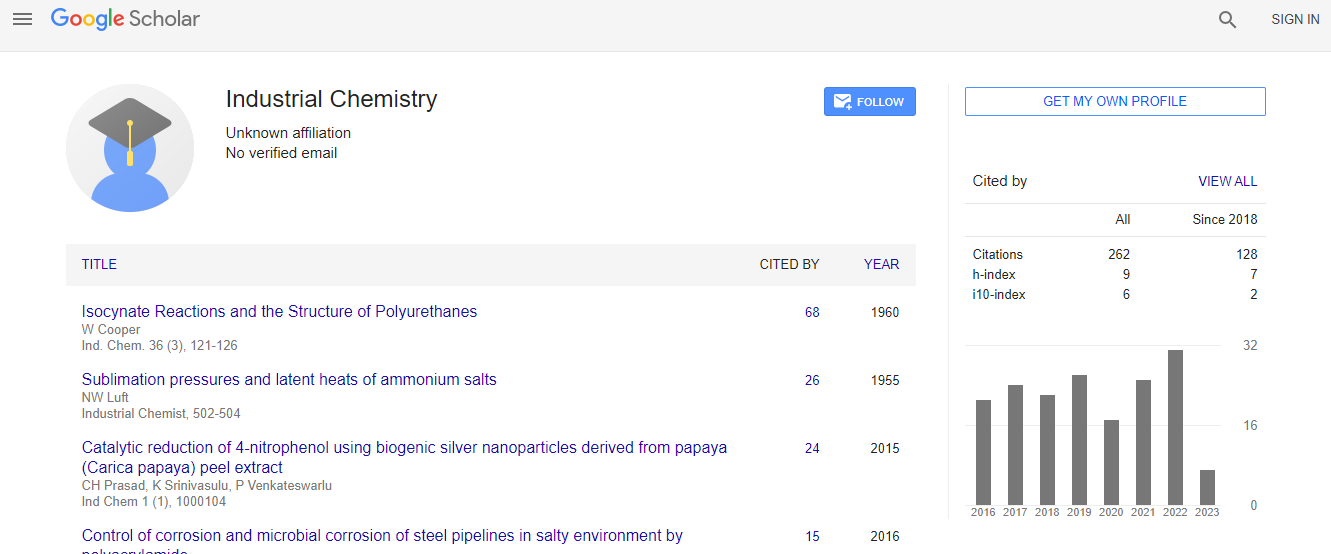The Centers of Premeltons Signal the Beginning and Ends of Genes- Henry M Sobell- University of Rochester
*Corresponding Author:
Copyright: © 2020 . This is an open-access article distributed under the terms of the Creative Commons Attribution License, which permits unrestricted use, distribution, and reproduction in any medium, provided the original author and source are credited.
Abstract
Statement of the Problem:
Premeltons are examples of emergent structures (i.e., structural solitons) that arise spontaneously in DNA due to the presence of nonlinear excitations in its structure. They are of two kinds: B-B (or A-A) premeltons form at specific DNA-regions to nucleate site-specific DNA melting.
Aim: These are stationary and being globally nontopological, undergo breather motions that allow drugs and dyes to intercalate into DNA. B-A (or A-B) premeltons on the other hand are mobile and being globally topological, act as phase-boundaries transforming B-into A-DNA during the structural phase-transition.
They are not expected to undergo breather-motions. A key feature of both types of premeltons is the presence of an intermediate structural-form in their central regions (proposed as being a transition-state intermediate in DNA-melting and in the B-to A-transition), which differs from either A-or B- DNA. Called beta-DNA, this is both metastable and hyperflexible and contains an alternating sugar-puckering pattern along the polymer-backbone combined with the partial-unstacking (in its lower energy-forms) of every other base-pair. Beta-DNA is connected to either B- or to A-DNA on either side by boundaries possessing a gradation of nonlinear structural-change, these being called the kink and the antikink regions. The presence of premeltons in DNA leads to a unifying theory to understand much of DNA physical-chemistry and molecular-biology.
Findings: In particular, premeltons are predicted to define the 5’ and 3’ ends of genes in naked-DNA and DNA in active-chromatin, this having important implications for understanding physical aspects of the initiation, elongation and termination ofRNA-synthesis during transcription.
Note: This work was presented in Frontiers in Nanotechnology and Nanomaterials, which was scheduled in May 04-05, 2020 at Vienna, Austria.

 Spanish
Spanish  Chinese
Chinese  Russian
Russian  German
German  French
French  Japanese
Japanese  Portuguese
Portuguese  Hindi
Hindi 